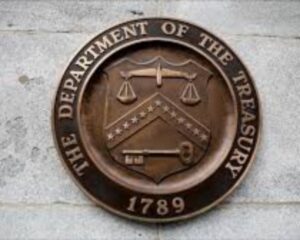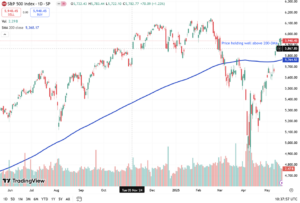A Beginner-Friendly Guide to Contract Trading
If you’ve ever looked at the markets and thought, “There’s got to be a smarter way to trade without buying everything outright,” then you’re not alone. That’s exactly where CFDs, or Contracts for Difference, come in. These tools enable traders to bet on price movements regardless of whether the asset price rises or falls without requiring actual ownership of the asset. It sounds crazy, but it’s surprisingly straightforward. The following explanation uses simple terms to explain this process.
What is a CFD, Really?
A Contract for Difference functions as a prediction tool that allows you to wager on market price direction between upward or downward movements. The system operates through actual market prices while enabling users to make educated choices. Let’s say you think the price of oil is going up. You don’t have to buy barrels of oil – you just open a CFD that reflects your view. If oil rises, you make money. If it drops, you lose. It’s that simple.
CFDs are contracts between you and your broker. You agree to exchange the difference in the price of an asset from the time the trade starts to when it ends. CFDs offer broad market coverage – currencies, stocks, commodities, indices, and even crypto.
How Do CFDs Actually Work?
Let’s say gold is priced at $3,300 per ounce and you think it’s going to rise. You open a CFD to 'buy' gold. If the price goes up to $3,350, you close the trade and pocket the $50 difference per unit. But if gold drops to $3,250 instead, that $50 comes out of your account.
You didn’t own the gold, but you traded the price difference. That’s the whole idea.
CFDs also allow something traditional investing doesn’t – making money when prices fall. If you think gold will dip, you can open a CFD to 'sell' it. When the price drops, you profit.
And here’s a kicker: CFDs use leverage. That means you only put up a small deposit (called margin) to control a much bigger position. It’s like booking a hotel room by paying just the deposit. You’re in, but not fully committed.
Why Do People Use CFDs?
Because they’re flexible. With CFDs, traders can jump into global markets with less money upfront. You can go long, go short, use leverage, and trade everything from the S&P 500 to coffee futures – all from one account.
Let’s break it down:
- Want to trade Apple stock without buying a share? CFD.
- Think oil’s going to crash? Short it via a CFD.
- Only have $500 but want exposure to a $5,000 position? Leverage via CFD.
It’s no wonder active traders love them – they’re fast, responsive, and wide-reaching.
But What About the Risks?
Here’s the honest truth: CFDs are powerful, but they cut both ways. The same leverage that can grow your gains can also magnify your losses.
- If the market moves against you, you can lose more than your initial deposit.
- Because trades are easy to place, it’s tempting to overtrade.
- Volatility can wipe out positions quickly if you’re not careful.
You also don’t own the actual asset, so there are no dividends, no shareholder rights – just exposure to the price.
That’s why risk management is key. One of the most important tools traders use is a stop-loss order – it’s like setting a safety net for your trade. When you place a stop-loss, you're telling the platform to automatically close your position if the price moves against you beyond a certain point. This helps limit how much you can lose on a single trade. For example, if you're buying gold at $3,300 and don’t want to lose more than $30, you could set a stop-loss at $3,270. If the price drops to that level, your trade closes automatically – no need to panic or be glued to the screen.
Alongside that, size your trades wisely, and don’t bet the farm on one position. Smart CFD trading is about strategy, not luck – and that means protecting your downside just as much as chasing upside.
Should You Try CFD Trading?
If you’re curious about trading but don’t want to dive straight into buying physical assets, CFDs are a great place to start. They offer flexibility, fast access to global markets, and the ability to trade on both sides of the price.
Start small. Learn the ropes. Practice with a demo account. And most importantly, treat every trade like a business decision – not a guess.
CFDs can open doors to smarter, more strategic trading – just make sure you walk in with your eyes open.




